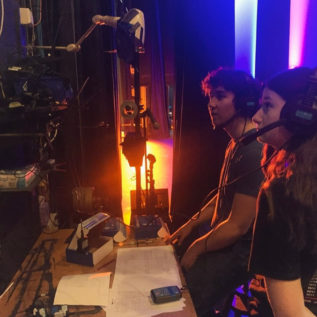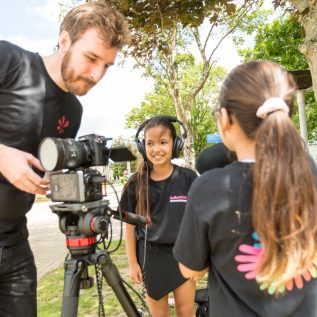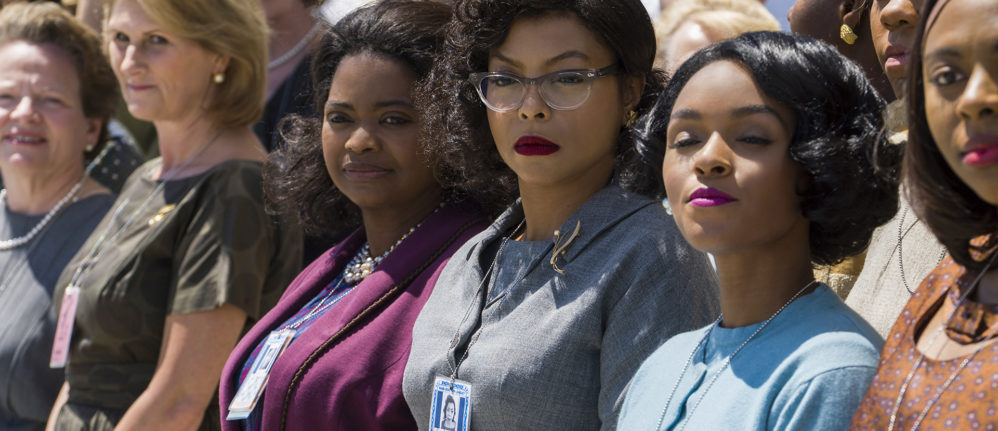Introducing the F-Rating
27 Feb 2019
In 2022, we continue to support and use the F-Rating for films we screen in our cinema.
The F-Rating will be applied to films by us an easily identifiable label so you can choose films that fairly represent women on screen and behind the camera. It is applied to all films which are directed by women and/or written by women. If the film ALSO has a significant woman on screen, it receives a Triple F-Rating, a gold standard so to speak. The rating highlights to you, as the audience, female driven films and “vote with your seat” to proactively choose to go and see F-Rated films.
Over the past year it has become clearer than ever that the cinematic industry needs something like this. With successes such as Lady Bird and A Wrinkle in Time it is hard to deny that to properly reflect our diverse culture the stories we see on screen need to be told by a broad spectrum of people. We hope by helping female filmmakers gain recognition through the F-Rating we can empower others to follow in their footsteps. Following the motto of F-Rating; “If she can see it, she can be it”.
The F-Rating is inspired by the four Swedish cinemas in 2013, who decided to apply an A rating to films that passed the Bechdel test, developed by the American cartoonist Alison Bechdel, which asks whether a piece of fiction has at least two women who talk to each other about something other than a man. However the founder of the F-Rating, Holly Tarquinii, director of Bath Film Festival where the F-Rating was first created, found that the Bechdel could be quite restrictive, “Gravity, for example, doesn’t pass it because Sandra Bullock doesn’t talk to any other women, and yet she’s clearly an amazing female lead…We wanted to take it a step further and highlight films which either had a senior figure in production who was female – a director or a screenwriter – or had very strong female leads or women’s issues.”
In the last year, only three of the top 100 grossing films in the US was directed by a woman. Women made up only 24% of protagonists in the last year’s top-grossing films, which is 5% fewer than in 2016. What we hope is that by highlighting films as being F-Rated we will send a clear message to distributors, producers and funders that women can and should be more than just a supporting roles within the industry.










